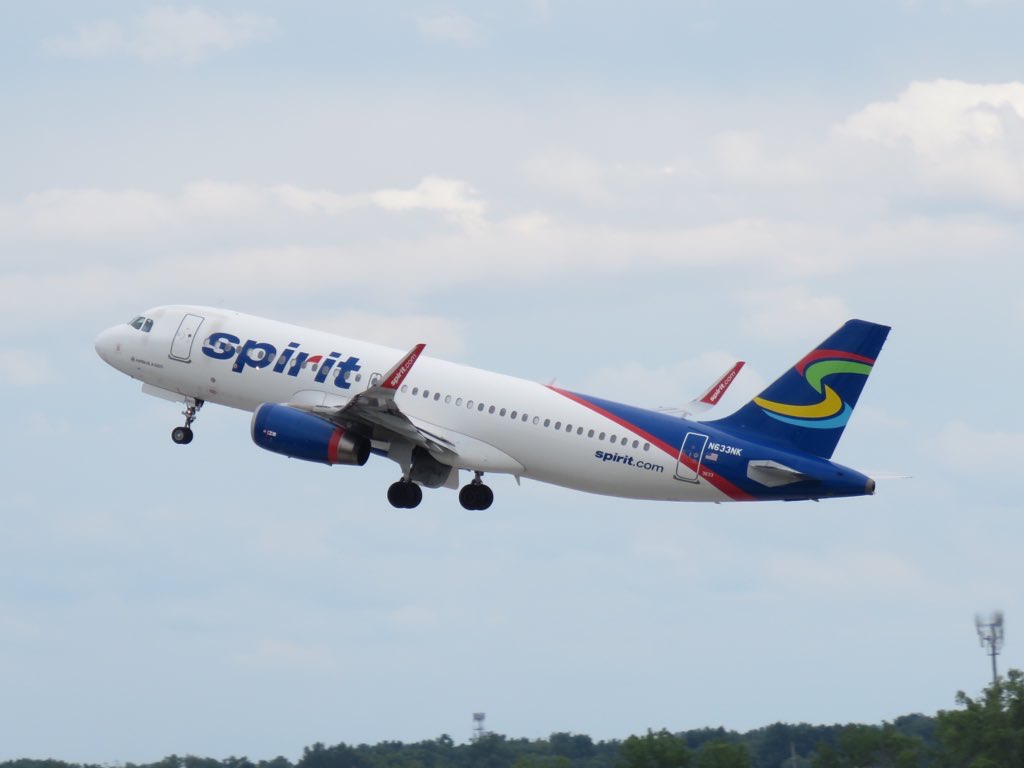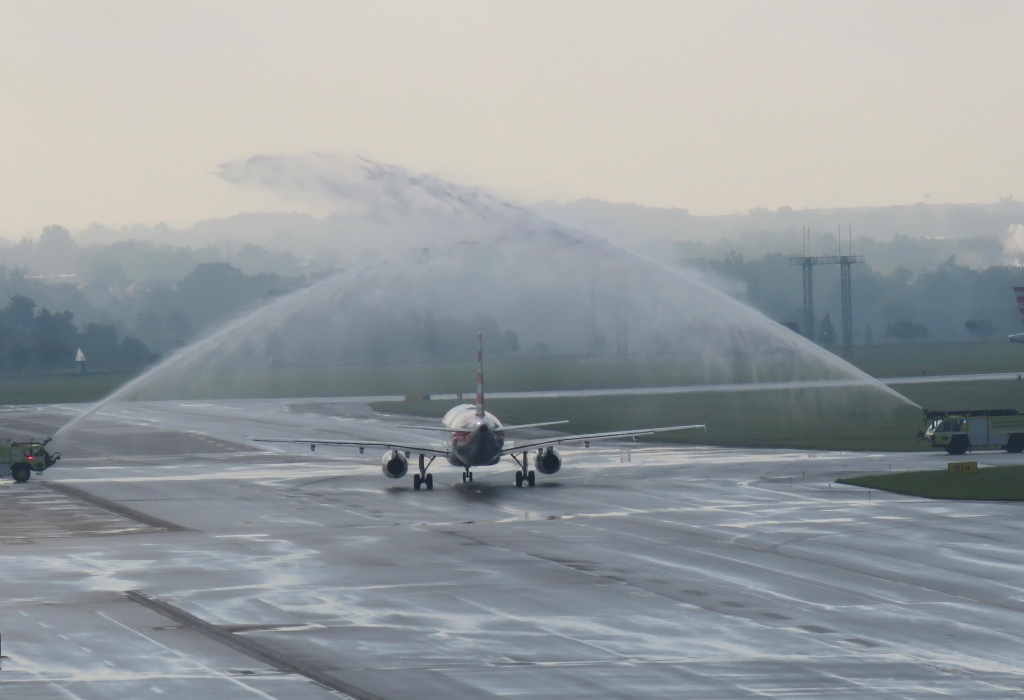
It’s that time of year again! The annual gathering of the aviation faithful begins today at EAA’s Airventure in Oshkosh Wisconsin. Once again I arrived early to soak in the atmosphere and to volunteer with Flight Line Ops parking airplanes in the North 40.
Last year I assisted in the camping area. I asked for a simple assignment and they gave it to me – stand on the taxiway and point airplanes down whatever row they were filling. Easy! This year, however, my friend Hillel, his son Jacob and I were assigned to park planes in the Aircraft Parking Area. Located near the Weeks Hangar, this is a grassy, no-camping area for those who have accommodations elsewhere and just need a place to park.

This was a very different operation from parking planes in camping. For one thing, our team was much smaller. For another, the parking rows are shorter and planes don’t get packed in as tightly. I mostly stood out near the taxiway and directed planes down a row to Hillel and Jacob, who either positioned them in a parking spot or stopped them and pushed the plane in tail-first. (Known as “tailing” this method allow for many more airplanes to be parked together in a row. )

However, there was one instance where both Jacob and Hillel were busy and an airplane arrived to be parked. One of the other team members pointed it down a row and I realized I was going to have to marshal it into a spot. By myself. Me. Um… wait, what? How is this happening??? I didn’t have time to think about it – I just stood where the plane needed to be and started motioning them forward. I stopped them when they were in position, signaled for them to cut the engine. Then I did a little happy dance when I realized that the were in the right place and no one died. Yay! Go me!

After our parking shift we decided to make the pilgrimage to Fisk. I had never been there before and was super exicted to see it. For those who aren’t familiar with the process for flying into Oshkosh during Airventure, it’s unique. Whitman Field transforms from a smallish airfield to one of the busiest airports in the country. 10,000 airplanes fly in for the week. That much traffic would quickly overwhelm radio frequencies and become a huge burden on local controllers. So the FAA brings in controllers to manage the event. They take over the tower for the week. They also manage the approach to Osh from a hut in the middle of a field. Yes, I’m serious. (And don’t call me Shirley.)

I won’t go into the whole procedure – I encourage you to read the Airventure Notice and watch some videos posted by those who have flown in. The last step before arriving at Osh is to cross over Fisk. Controllers with binoculars and a radio identify each plane as it approaches. They call on the radio ask the pilot to acknowledge by rocking their wings. Then they give instructions about what to do next. Sometimes they clear planes to continue the approach. Or sometimes they’ll turn them and send them back into one of the holds to get back in line.
Being able to sit in the grass, listen the the controllers and watch the planes on approach rock their wings was nothing short of amazing. Getting so many airplanes through the airspace and to the airport is a masterpiece of choreography. I have listened the frequency on LiveATC, but being there, listening and watching gave me a whole new appreciation for what they do and the challenges they face.

Now I’m off to explore all the amazing things scheduled for Day One. Or at least, as many as I can. No one can see it all. Trust me – I’ve tried. Stayed tuned for more LIVE from Osh 2022!



































































